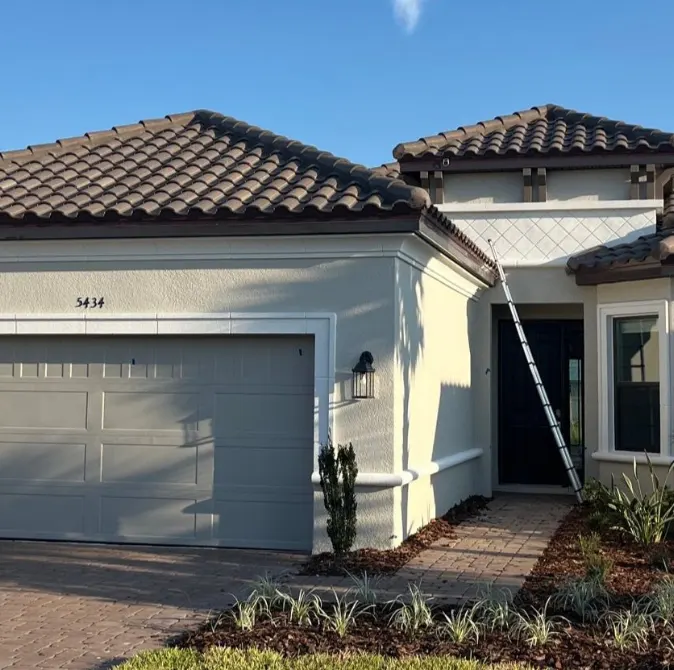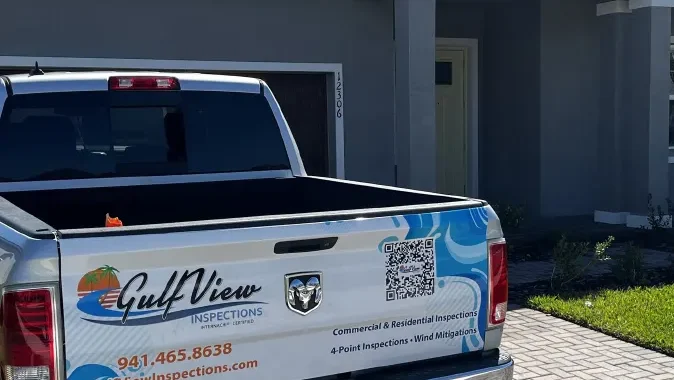Buying a home is one of the most significant investments you’ll make in your lifetime. A thorough home inspection is essential to ensure that your investment is sound. While the primary purpose of a home inspection is to identify any existing issues or potential problems, it also provides valuable insights into routine home maintenance. In this article, we’ll explore the importance of routine maintenance, which can be brought to your attention during a home inspection, and offer tips to help you maintain your new home for years to come.
Why Routine Home Maintenance Matters

Routine maintenance is the key to preserving the condition and value of your home. Neglecting regular upkeep can lead to costly repairs down the road and reduce your home’s resale value. Here’s why routine maintenance matters:
Prevents Small Problems from Becoming Big Ones
Addressing minor issues early can prevent them from escalating into major, costly problems. Routine maintenance helps you catch problems while they’re still manageable.
Extends the Lifespan of Home Systems
Regular maintenance of appliances, HVAC systems, and structural components can extend their lifespan, saving you money on replacements.
Preserves Your Home’s Value
Well-maintained homes tend to have higher resale values. A home inspection can highlight areas that require attention to maintain or increase your property’s worth.
Enhances Safety
Many routine maintenance tasks are essential for ensuring the safety of your home and its occupants. This includes checking for fire hazards, ensuring proper electrical connections, and maintaining a secure foundation.
Tips for Routine Home Maintenance During a Home Inspection
During a home inspection, the inspector will often point out areas that require maintenance or provide general maintenance tips. Here are some valuable insights and tips to consider:
1. Exterior Maintenance
Inspect the Roof: Check for missing or damaged shingles, as well as signs of leaks. Regular roof maintenance can prevent water damage.
Clean Gutters: Clogged gutters can lead to water overflow and damage to your home’s foundation. Clean them regularly, especially in the fall.
Trim Trees and Bushes: Overhanging branches can damage your roof and siding. Trim them to prevent potential problems.
Seal Cracks and Gaps: Ensure that your home’s exterior is well-sealed to prevent drafts and water infiltration. Caulk any gaps or cracks in windows, doors, and siding.
2. Interior Maintenance
Check Plumbing: Look for leaks under sinks, in the basement, or around toilets. Addressing plumbing issues promptly can prevent water damage and mold growth.
Test Smoke and Carbon Monoxide Detectors: Regularly test these devices and replace batteries as needed to ensure the safety of your family.
Clean and Maintain Appliances: Regularly clean and maintain appliances such as your refrigerator, oven, and dishwasher to extend their lifespan.
Inspect HVAC Systems: Have your heating and cooling systems serviced annually to ensure they operate efficiently and reduce the risk of breakdowns.
3. Foundation and Structural Maintenance
Inspect the Foundation: Regularly check for cracks or signs of settling in your home’s foundation. Address any issues promptly to prevent structural damage.
Maintain the Crawl Space: Ensure that your crawl space is well-ventilated and free from moisture. Moisture can lead to mold growth and damage to wooden structures.
Keep an Eye on the Basement: Inspect your basement for signs of water intrusion and address any issues with proper drainage and waterproofing.
4. Landscaping and Outdoor Maintenance
Regular Lawn Care: Mow the lawn, trim bushes, and remove debris to maintain your property’s curb appeal.
Pest Control: Implement a pest control plan to prevent infestations that can damage your home and landscaping.
Seasonal Maintenance: Be mindful of seasonal tasks such as winterizing your irrigation system and clearing snow and ice from walkways and driveways.
Creating a Maintenance Schedule

To stay on top of routine maintenance, consider creating a maintenance schedule. This schedule can include tasks to be performed monthly, quarterly, semi-annually, and annually. Some tasks, like testing smoke detectors, should be done more frequently, while others, like servicing your HVAC system, can be less frequent.
Here’s a simple example of a maintenance schedule:
Monthly:
-
Test smoke and carbon monoxide detectors.
-
Check for plumbing leaks.
Quarterly:
-
Clean gutters.
-
Trim trees and bushes.
Semi-Annually:
-
Inspect and clean HVAC filters.
-
Clean and maintain appliances.
Annually:
-
Service HVAC systems.
-
Inspect the roof for damage.
-
Check the foundation for cracks or settling.
Routine home maintenance is a vital aspect of homeownership that shouldn’t be overlooked. Scheduling a home inspection with Gulf View Inspections provides an excellent opportunity to learn about the current state of your prospective home and identify areas that require maintenance. By following a maintenance schedule and addressing issues promptly, you can protect your investment, enhance your home’s safety, and maintain or increase its value over time. Remember that a well-maintained home is not just a place to live; it’s an asset that can provide comfort and security for years to come.

